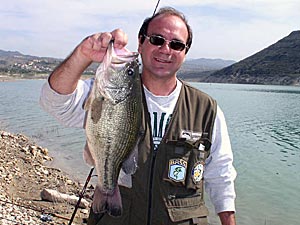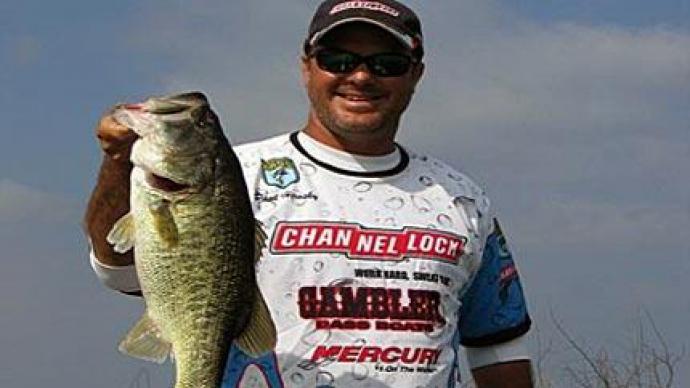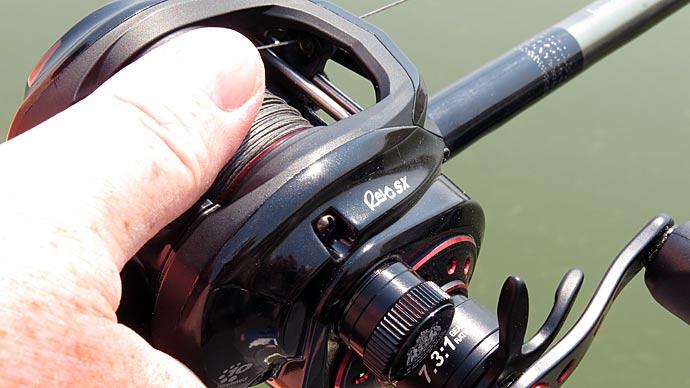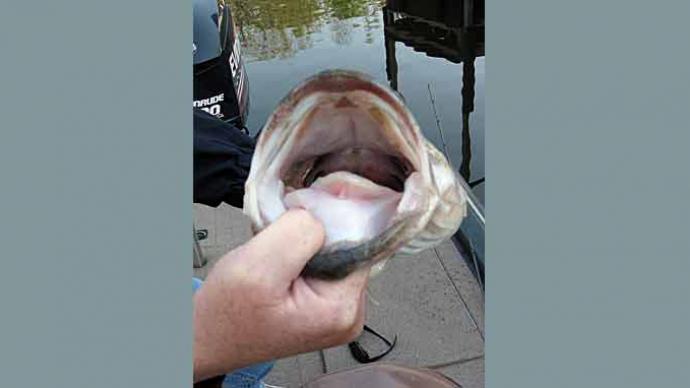
Whenever a new lure or technique comes along, it takes a while for an angler to learn its quirks and how to make it work best for him. The Soft-bodied swimbaits, is not the new kid on the block, but is a lure that has helped me boat a lot of fish.
It took me more than a few trips to the lake to figure out how to fish a swimbait well. If you have watched my television show, “Hank Parker’s Outdoor Magazine,” more than a few times, I am sure you have seen me throw a swimbait.
When I got my first package of Berkley Hollow Bellies, I headed to Lake Murray. I rigged one with the weighted hook packaged with the lures and was amazed at how realistic the bait looked in the water. The colors were fabulous, and it swam great. The fish loved it, too. I got 14 bites that day.
Unfortunately, I never landed any because I couldn’t get the hook into them. I was so frustrated that I thought maybe it wasn’t a good system. But after I talked with friend and bass pro Larry Nixon about my troubles, he straightened me out. I’ve added a few wrinkles of my own, and I’m here to tell you I love fishing swimbaits.
Here are some of the tricks that work for me when fishing soft-bodied swimbaits.
Split The Belly – Nixon recommended that I slice the body with a razor blade where the hook goes in so that the plastic doesn’t wad up around the bend of the hook. Once I did that, I landed at least 75 percent of the bass that bit. The sliced body didn’t interfere with the action either.
Nose-hook It – This is Jimmy Houston’s favorite method. He runs the weighted hook through the nose of the bait, casts it out, and swims it back to the boat. It works very well. When I fish around boat docks, riprap points, or in open water, I nose-hook it. You simply don’t miss fish that way.
Experiment With Weight – I’ve taken unweighted hooks and wrapped electrical solder around the shank to add just a little weight, which worked well. If I need more weight on a weighted hook, I wrap the solder around the hook and can fish the bait deeper or in heavy wind.
Add a Treble Hook – Take a swivel, attach a treble hook to one end with a split ring, and slide the other end of the swivel over the weighted hook point before you put the single hook into the body of the swimbait. Allow the treble hook to dangle beneath the bait, and you have an insurance policy for fish that miss the primary hook.
This worked well when I was fishing for spotted bass at Lake Lanier one day. I swam the bait around 4 inches beneath the surface, and those spotted bass would race out of deep water and nail it. It is one of the best techniques I’ve used for spotted bass.
Get a Good Hookset – A 7-foot stiff rod helps me take up line slack quickly. Shorter rods don’t move as much line, and the stiffer action helps bury that big hook through the lure and into the fish’s mouth. However, it’s best not to jerk until the bass puts weight on the line. If you jerk when you see the strike, you may miss the fish.
Glue the Nose – Add a drop of glue on the hook shank around the nose of the bait to help hold it. Once you tear up the bait and it starts to slide on the shank and around the barb, you’ll miss fish.
Swim It – I’ve tried a variety of techniques, including Texas rigging and Carolina rigging. I’ve used all sizes and caught fish on all of them. However, I’ve found that a 5-inch swimbait on a weighted hook, swam slowly about 6 inches beneath the surface, is the best presentation most of the time.
Make no mistake: swimbaits are here to stay and will produce at times when other lures don’t. It would be worthwhile for you to spend time learning how they best fit your fishing and your waters.
You can find more articles, quick tips, and more at HankParker.com.




